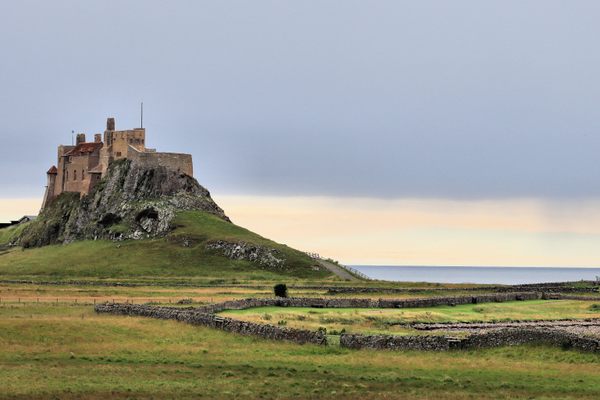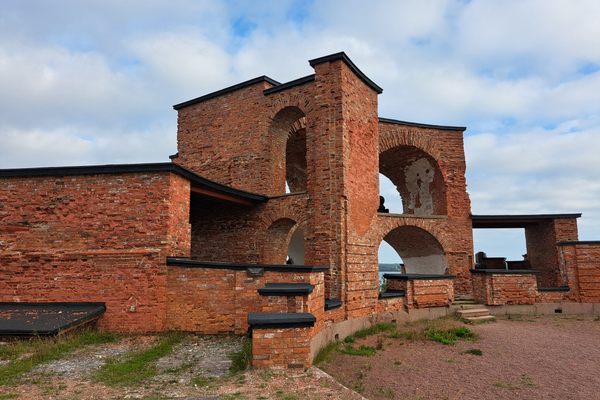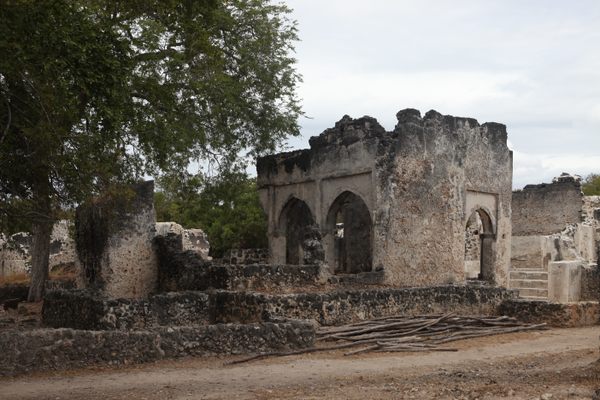About
It's June 8, 793. You are a Benedictine monk of austerity, spending your days in and out of prayer. One morning you wake as usual on the island of Lindisfarne, overlooking the North Sea. The air is calm, weather fair. Suddenly, from out in the distance, you begin to hear the faint sound of a horn. Squinting to see what is causing the commotion, you see an incoming boat. Aboard the boat are Norse, better known as Vikings or Northmen.
Surrounding monks begin to notice and soon the church bells are ringing persistently. The Viking longboat makes harsh contact, the strakes scraping the sandy shore. Four dozen heathens sprint onto the priory grounds, adorned with facepaint and colorful garb. They ransack and raid, with axes swinging and blood spewing. The church burns above you. You've been cornered while protecting the treasures of St. Cuthbert, praying to God they are merciful. The invaders adorn you in chains and lead you back to their boat, along with the treasures you sought to protect with your life. Your narrative is re-written; no longer a monk, but rather a slave.
Lindisfarne Priory is believed to be the first notable Viking raid location in all of England (there were prior, but these weren't monastic). Due to northern raiding concerns, it sat abandoned from 875-1082. It was once again repopulated by the mid to late 12th century. It continues to be a significant early English Christian holy site.
It can be visited during safe crossing times as the causeway may be covered by high tides.
Related Tags
Published
March 1, 2023





















































